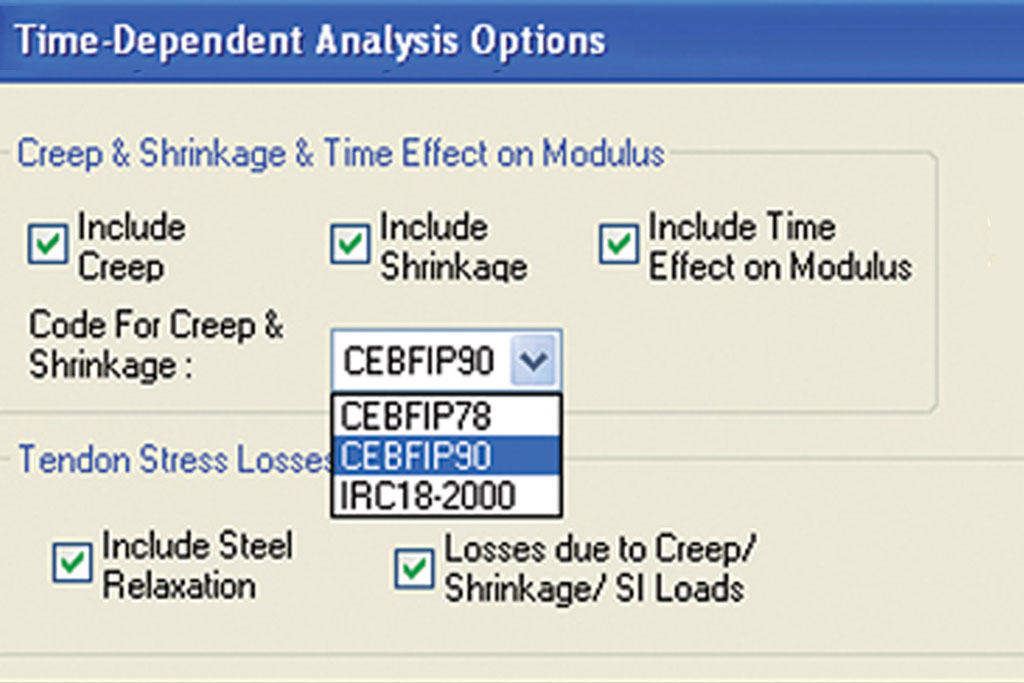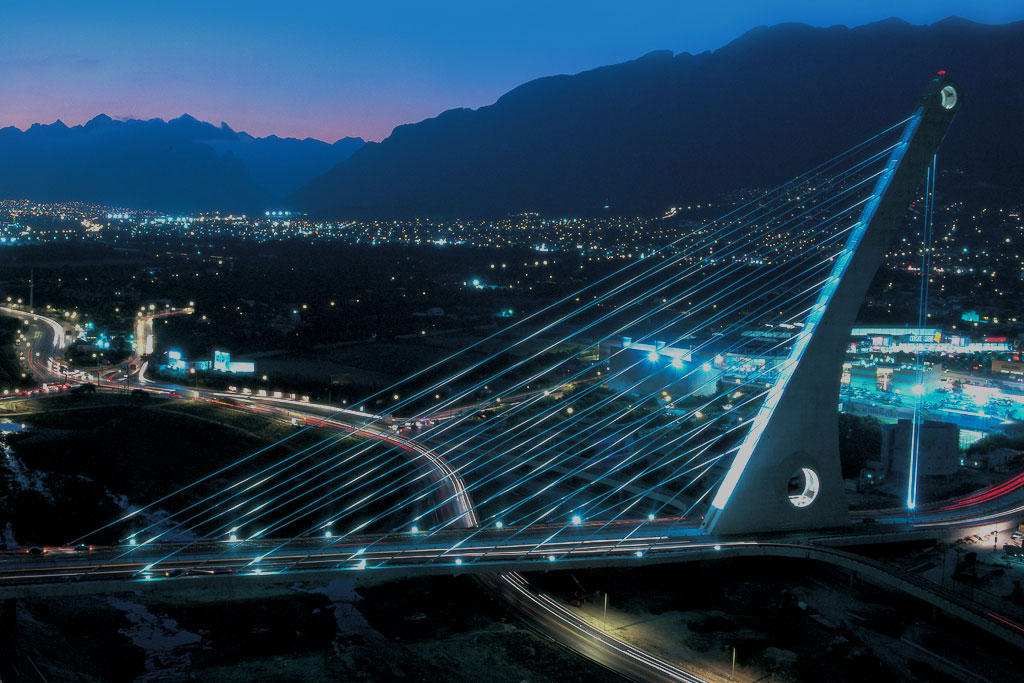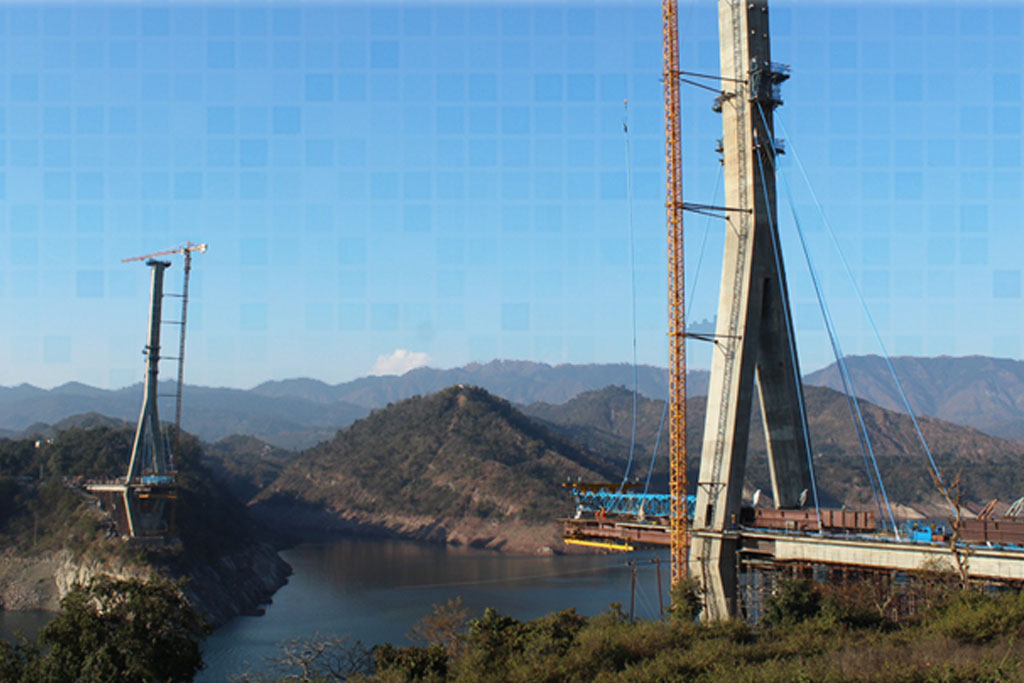Advanced Tools for Cable-Supported Structures
Originally developed to perform nonlinear static analysis for structures with large displacements, such as suspension and cable-stayed bridges, LARSA 4D provides unique tools to determine cable tension forces that give the desired final geometry and internal forces for cable-supported bridge projects
General Model Optimization
A common problem in the analysis of cable-supported structures is the determination of initial cable tension forces that in combination with other loading, the construction sequence, and time-dependent material effects gives the structures its desired final geometry and internal forces. LARSA 4D addresses this by using Newton’s Method for optimization to find the cable pre-stressed values in order to find zero displacements at the base of cables.
Post-Tensioned Cable Loads
To simulate the jacking operation at a constant force of a cable, LARSA 4D employs a post-tension load iteration process to force the rest of the structure to adjust in order to keep the cable force constant at the specified magnitude.

Staged Construction of a Cable-Stayed Bridge

Time-Dependent Staged Analysis
LARSA’s Time-Dependent Staged analysis incorporates relaxation and jacking within Staged Construction Analysis, and also includes other time-dependent properties necessary for cable-stayed bridges such as the ability to model the dynamic effects of a cable-loss scenario.

Cable Losses
LARSA accounts for the dynamic effect of cable-loss by using dynamic load factors for static analysis or applied loss as a time history load onto the structure. To magnify cable force when the cable is removed, LARSA uses an impulse load within time history which is reinforced by LARSA’s nonlinear element library.

Material Time Effects
Critical for bridges with concrete decks and when post-tensioning and prestressing is involved, LARSA 4D’s Material Time Effects incorporate the effects of creep and shrinkage for concrete, time effects on the modules of elasticity, and tendon post-tensioning from creep, shrinkage and superimposed loads.
For the analysis and design of cable-supported bridges, the following packages of LARSA 4D are recommended.





